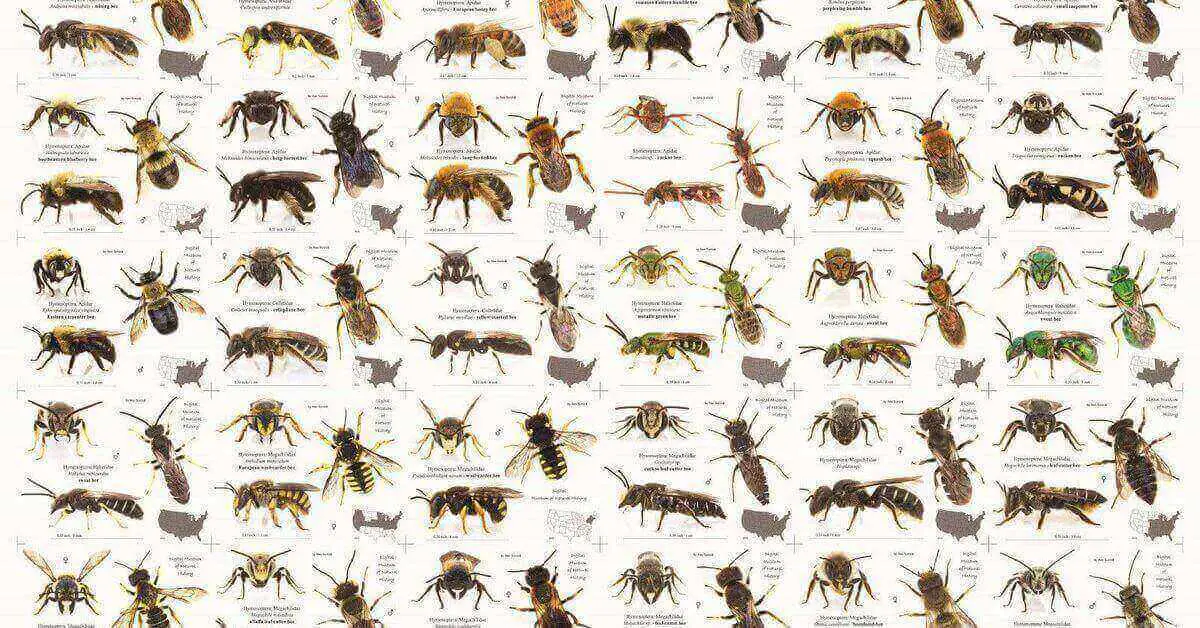Hornets and Bees are fascinating insects that often spark curiosity and concern due to their stinging abilities and the potential dangers they pose. In this blog post, we will explore various aspects of bees vs hornets, including their stings, nests, identification, and an intriguing defense mechanism employed by bees to combat hornets. This information will help you better understand these buzzing creatures and appreciate their unique characteristics. So, let’s dive in!
Bees vs Hornets: Stings
Both bees and hornets are equipped with stingers, but there are some notable differences between their sting characteristics. Bees have barbed stingers that become lodged in the skin upon stinging, which ultimately leads to the bee’s death. This happens because the stinger, attached to the bee’s internal organs, is torn away when it tries to pull out. On the other hand, hornets have smooth stingers, allowing them to sting. The smooth stingers repeatedly without losing their stinger or sacrificing their lives. Consequently, a single hornet can deliver multiple stings.
Hornets vs Bees: Nests
Bees
Bees, such as honeybees and bumblebees, construct hive-like nests made of beeswax, often located in hollow trees, crevices, or man-made structures. These nests consist of hexagonal cells where bees store honey, rear their young, and protect their queen.
Hornets
In contrast, hornets create paper-like nests using a mixture of wood pulp and saliva. Hornets’ nests are typically found in sheltered areas. There nests are presentin trees, shrubs, or buildings and are characterized by their large, enclosed, and hanging structure.
Realated Article:
- Bees Vs Wasps: A Difference of Their Nature and Impact
- Hoverfly vs Sweat Bee: What is the Differences.
Identifying Bees and Hornets
Identifying bees and hornets is essential for understanding their behavior and potential threats. Bees generally have rounder, fuzzy bodies and are more robustly built. They come in various colors, such as black, brown, and yellow, often with striped patterns. Hornets, on the other hand, are larger and have a more elongated body shape. They exhibit a predominantly black coloration with distinct yellow or white markings.
Bees Killing Hornets with Heat
One remarkable defense mechanism that bees employ against hornets is the use of heat. In some species, such as the Japanese honeybee, when hornets attempt to invade a bee colony, the bees work together to form a tight cluster around the hornet. By vibrating their flight muscles rapidly, they generate heat within the cluster, effectively raising the temperature to lethal levels for the hornet. This remarkable behavior, known as “thermo-balling,” is a survival strategy employed by bees to protect their colony.
Conclusion
Bees and hornets have unique characteristics that distinguish them from each other. Understanding the differences in their stinging abilities, nest structures, and physical appearances is crucial for identifying and appreciating these buzzing insects. Additionally, the remarkable defense mechanism of using heat to kill hornets highlights the resourcefulness and ingenuity of bees in protecting their colonies. By gaining knowledge about bees and hornets, we can foster a better understanding and coexistence with these important pollinators and their natural habitats.




